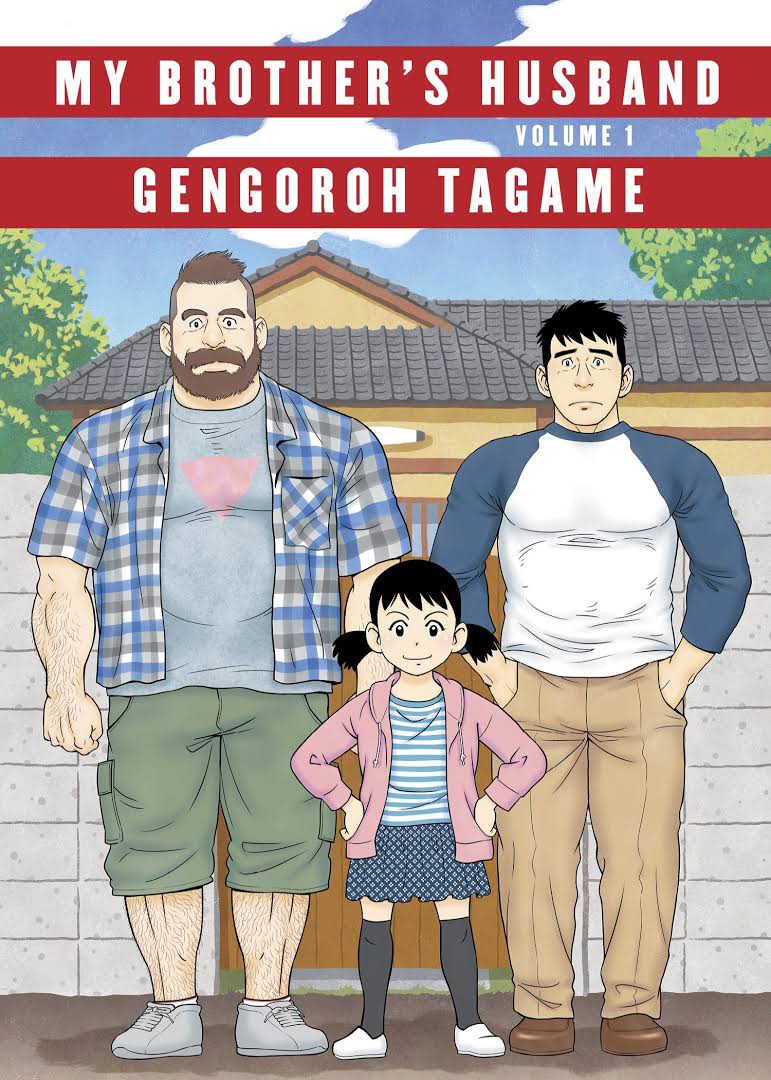The world has changed since Heather Has Two Mommies was published to controversy and acclaim in 1989. Here in the US, we’ve seen the legalization of gay marriage, first on the state and then on the federal level. We’ve also witnessed a slow but meaningful change in the way that our judicial system conceptualizes parental rights, as evidenced by a recent decision overturning Alison D. v. Virginia M., a 1991 lawsuit in which the court held that non-biological, non-adoptive parents have no legal standing in custody disputes. Writing in 2016, the New York Court of Appeals declared that “the definition of ‘parent’ established by this Court 25 years ago in Alison D. has become unworkable when applied to increasingly varied familial relationships,” recognizing the degree to which gay and lesbian partnerships had been marginalized by the original ruling.
Our recent presidential election offered a powerful reminder, however, that the initial firestorm over Heather Has Two Mommies was never fully extinguished; no matter how much the law had evolved to reflect shifting cultural attitudes, some Americans still clung tenaciously to the idea that the only legitimate families were headed by a father and a mother. In this moment of uncertainty, Gengoroh Tagame’s My Brother’s Husband is a welcome arrival in American bookstores, offering younger readers a warm, nuanced portrayal of gay life that challenges the idea that the only families that “count” are based on blood relations.
Tagame’s story focuses on Yaichi and Kana, a single father and his curious, outspoken daughter. Their cosy household is upended by the arrival of Mike Flanagan, a good-natured Canadian who was married to Yaichi’s deceased twin brother Ryoji. Yaichi is reluctant to host Mike, but seven-year-old Kana warmly embraces their visitor, insisting that Mike stay with them as an honored family member.
In the early chapters of the story, Mike represents a direct challenge to Yaichi’s unexamined beliefs about homosexuality. Tagame uses a split screen to make us privy to Yaichi’s internal monologue, contrasting Yaichi’s public actions with his private thoughts, in the process revealing the extent to which Yaichi uses stereotypes to justify his discomfort with Mike. Not surprisingly, Yaichi initially treats Mike as a nuisance, but his attitude changes as he watches Kana interact with Mike; her natural curiosity and warmth bring out the same qualities in their guest, encouraging Yaichi to view Mike as an individual, rather than a type.
In the later chapters of the story, Mike’s role in the household begins to evolve. He joins Yaichi and Kana in their daily activities — going to the store, visiting the community center — and talks openly with Kana about his marriage to Ryoji. When Yaichi’s ex-wife arrives for a visit, she marvels at Mike, Yaichi, and Kana’s closeness, recognizing the degree to which they’ve formed their own impromptu family in just a short amount of time.
My Brother’s Husband might feel like an Afterschool Special if not for the crispness of Gengoroh Tagame’s artwork, which conveys both the small-town setting and characters’ feelings with great specificity. In particular, Tagame does a fine job of suggesting just how conspicuous Mike really is in the village where Yaichi and Kana live, using the scale of Yaichi’s house — the rooms, the tatami mats, the bathtub — to drive home the point. Tagame proves equally adept at using the characters’ body language and facial expressions as a window into their feelings. In one of the story’s most poignant scenes, for example, a drunken Mike mistakes Yaichi for Ryoji, dissolving into tears as he collapses into Yaichi’s arms; it’s the only moment in which the strong, confident Mike seems vulnerable, his posture and face convulsed in grief over losing the husband he cherished. Yaichi’s grimaces, smiles, and gasps likewise reveal his vulnerability, documenting his ambivalent feelings about Mike in particular and homosexuality in general; the dialectical process by which Yaichi comes to embrace Mike as part of his family registers as much on Yaichi’s face as it does in his words and his actions.
Though some of the conflicts are resolved with sitcom tidiness, My Husband’s Brother earns points for its well-rounded characters and frank acknowledgment of Yaichi’s initial discomfort with Mike. That we believe in Yaichi’s transformation from skeptic to ally, and embrace Mike as a complex individual and not a cardboard saint, is proof of Tagame’s ability to tell a nuanced all-ages story that will resonate with readers on both sides of the Pacific. Highly recommended.
A word to parents, teachers, and librarians: My Brother’s Husband is appropriate for readers in middle and high school. Though the subject of Mike’s relationship with Ryoji is discussed at length, the story focuses on Mike’s romantic feelings for Ryoji; the sexual dimension of their relationship is not depicted.
Review copy provided by the publisher. My Brother’s Husband will be released on May 2, 2017.
MY BROTHER’S HUSBAND, VOL. 1 • BY GENGOROH TAGAME • PANTHEON BOOKS • NO RATING (SUITABLE FOR READERS 10+)
